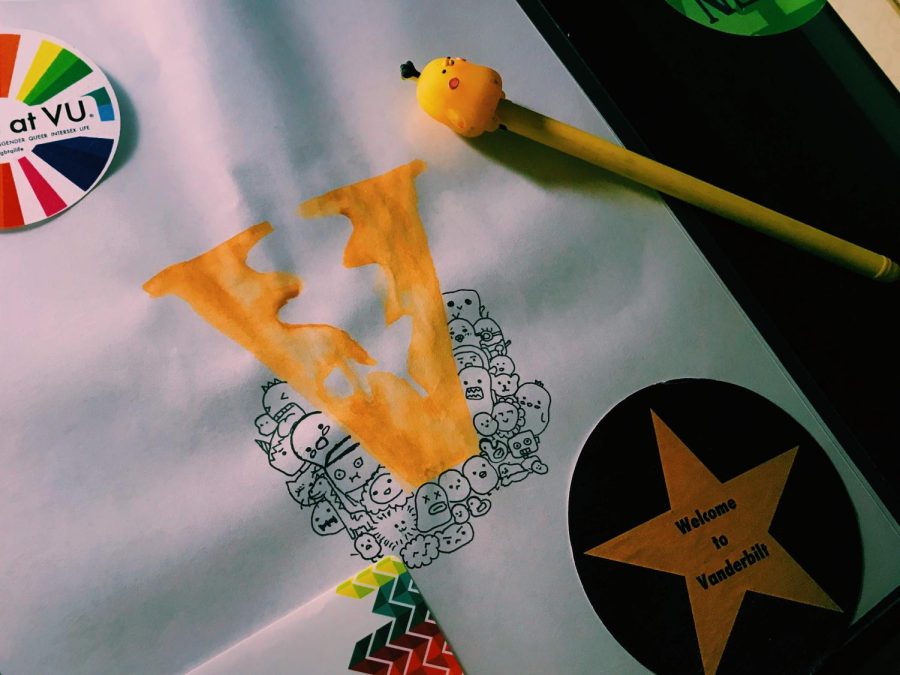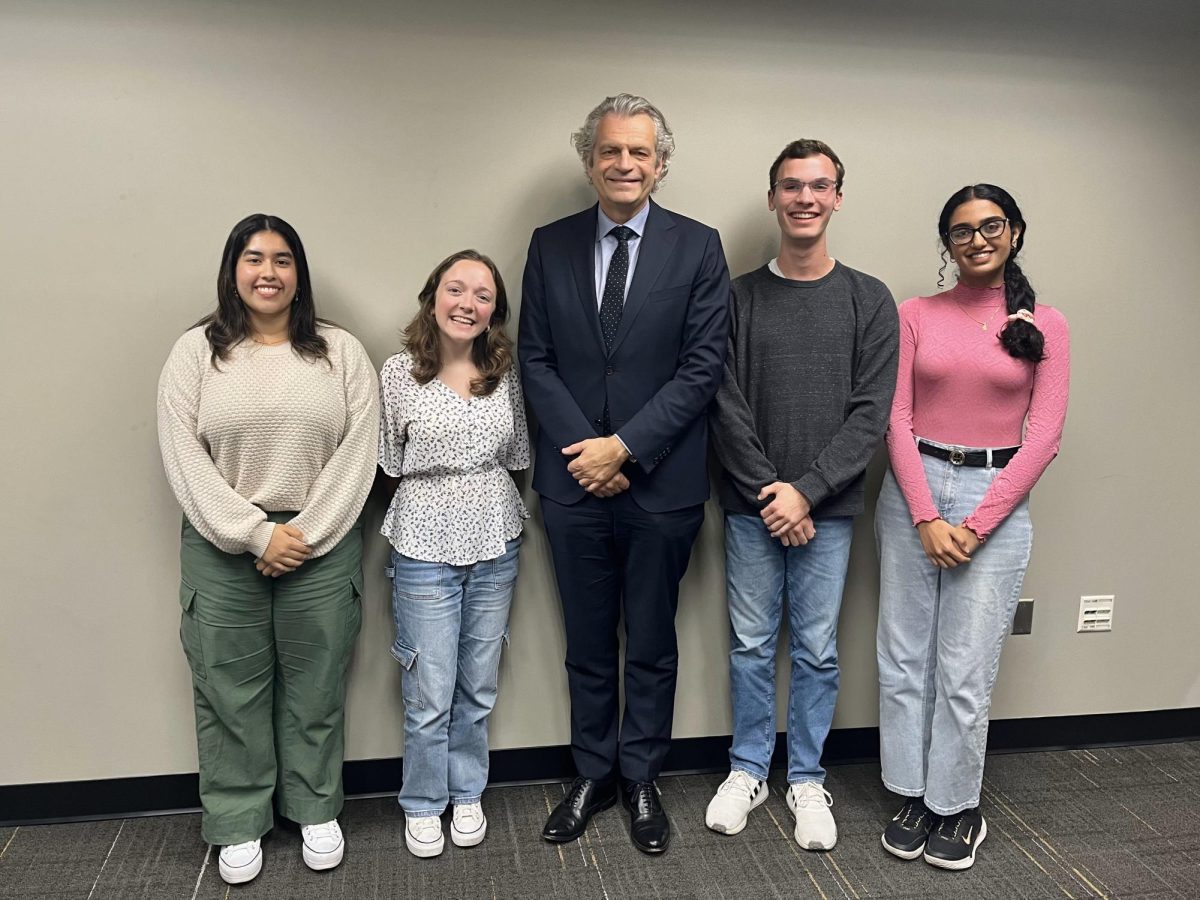Correction: A previous version of this article stated the release of Vanderbilt’s new logo was March 23, 2022 instead of March 22, 2022; an image of a Bicentennial Oak tree has been updated.
“Why Vanderbilt?”
I’ve been asked this question many times, and my response has changed notoriously over the years, each reflecting what Vanderbilt meant to me at different points of my journey.
As a high school senior from Vietnam, I was in awe of the limitless classes that had oddly niche and fascinating names, such as The History and Science of Brewing or Hollywood Hanoi. I distinctly remember crafting a Word document delineating why I decided to attend a university that is a 34-hour flight away from home, that I’ve never seen or visited, all for my visa interview. In short, it was the trees. When I became a summer tour guide my sophomore year, my “Why Vanderbilt” answer developed into telling prospective students that it was the community that made Vanderbilt worthwhile. I knew I made the right decision based on interactions with my admissions counselor, the first person that became my Vanderbilt.
Now that I have transitioned to becoming a staff member at the university, my answer is even simpler: Vanderbilt is my home.
While this will always ring true to me, my close family and friends know of one more response that I often offer as a joke but is the most sincere; I chose to stay at Vanderbilt partly because of the logo.
As an international student, I once wrote that choosing to attend Vanderbilt is like a lottery. It means trading everything you know for uncertainty that could potentially be glorious—but also disastrous. I refused to tour the campus virtually or look up any pictures of the campus throughout the application process because I convinced myself that the inevitable blow of a rejection would be softened if I didn’t get attached to any specific aspects of the school. Despite my attempts to distance myself from Vanderbilt, on sleepless nights, I often found myself reading through my tattered copy of Vanderbilt’s school profile and tracing the logo, a proud V with an oak leaf and an acorn, with my fingers.
The logo wasn’t something I paid much attention to until I decided to apply—but it made me sure of my choice. It is bold and crisp but also friendly and inviting. The logo tells me that, while Vanderbilt is first and foremost an academic institution, it is also a community of trust and compassion. The softness of the oak leaf is reflective of a sense of vulnerability and sincerity that I have continuously experienced while interacting with fellow students, professors and staff, who have made Vanderbilt my home.
The oak leaf symbolizes our uncanny pride in our squirrel-to-student ratio, the fact that we are somehow an arboretum in the middle of a bustling city and the fact that my professors have become my family away from home.
It represents all the times I have found myself sitting in the basement of a research building adorned with stone acorns, staring at a chubby rodent soaking in the sun next to the window.
While I can spend my days discovering and learning in different lecture halls or labs, I can come home to Rand cookies, Falafel at Midnight, reminisce about the tunnel connecting Towers or try to make a quilt out of all the free T-shirts from campus events. The oak leaf is a symbol of small certainties, such as the fact that the leaves will turn red, or that the flowers will bloom again after an arduous winter. The logo is a gentle reminder of both our history and hope for the future; that a small acorn can, in fact, become a majestic oak tree.
Its asymmetry reminds me that our community is imperfect, but its unity in both shape and color signifies hope. The logo is beautiful because it is simple, and it uses negative space to create meaning. It helps us recognize each other and lets us find a home in one another no matter where we are in this world.
On March 22rd, 2022, Vanderbilt announced its new logo. The logo features a wider, bolder V, but eliminates the spark and warmth created by the former oak leaf logo. Its use of a gradient effect clashes against the minimalist design of our traditional branding style, diminishing the cohesiveness of the color schemes of our websites. A logo, in simplest terms, should be versatile in terms of opacity changes and look good in black-and-white. The use of multiple shades of gold creates difficulties with printing and harmonization; the logo must be altered significantly to be suitable for each media. The icon of the News site of Vanderbilt is now a black bold V, while the school’s official Instagram account announced a giveaway of a cap that simply features the outline of the letter, both eliminating the most noticeable aspect and substance of the new logo.
Vanderbilt’s logo no longer sparks instant recognition and pride. It doesn’t instantly transport us to green lawns and Anchor-Downs. It excludes a substantial part of the Vanderbilt experience: our sense of community.
While I have drawn upon my own experiences, I do believe that there is a universal message behind the oak leaf logo. Vanderbilt is many things to each of us, but the differences create a common thread: the unique beauty of traditions, culture and human connection. As the campus changes colors again and is awakened by a new breath of life, I feel a sense of excitement and melancholy. Change is something to be celebrated, and I recognize that nothing stays the same.
Vanderbilt’s oak leaf logo already has achieved what a symbol of a university should be: it was a tribute to all of us, and it should stay.








